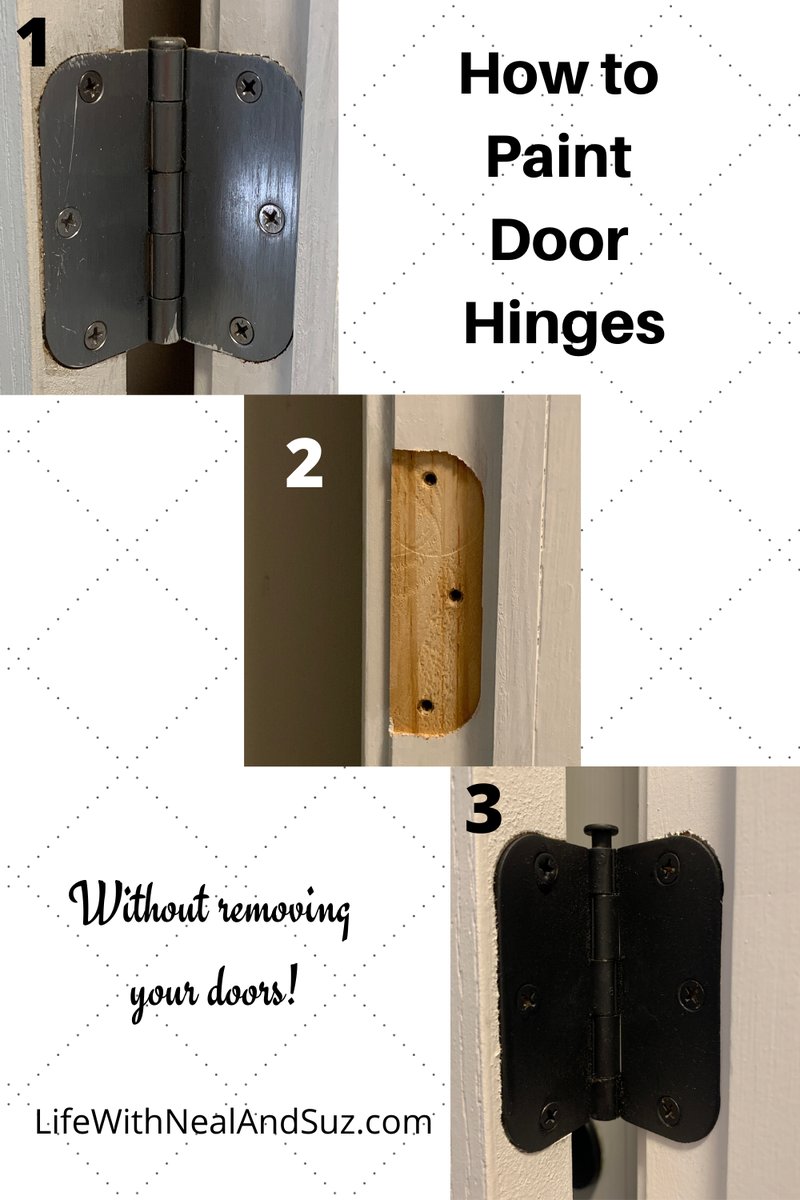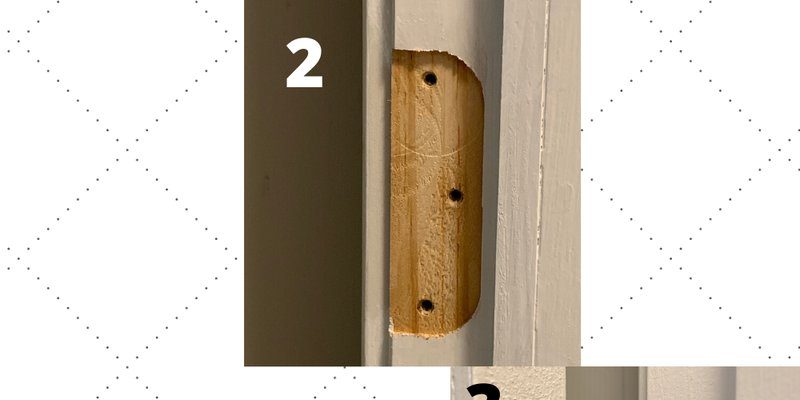
You might be wondering why paint buildup occurs in the first place. The main culprits are often DIY painting projects where the hinges and latches are simply not covered or removed. Think of it as painting a masterpiece without protecting the frame—sure, it looks good, but what about the parts that hold it all together? In this article, we’ll explore effective strategies to keep those door hinges and latches free from unsightly and troublesome paint buildup.
Why Paint Buildup Happens
Understanding the reasons behind paint buildup is crucial. When you decide to paint a door, it can be easy to neglect the hardware. Paint can drip down, settle, or even dry on the hinges and latches.
– Poor Coverage: If the hinges aren’t covered or removed before painting, every swipe of that brush or roller could lead to layers of paint accumulating.
– Type of Paint: Some paints are thicker and can create a mess if not carefully applied.
– Environmental Factors: Humidity, dust, and the type of surface you’re painting can influence how paint dries and adheres.
Think of your door hinge like the moving parts of a bicycle. If you don’t maintain them, they can rust, wear down, or get jammed. The same goes for your door hardware. If you find yourself struggling with a door that won’t open smoothly, it might just be because of paint buildup.
Preparing Before You Paint
Preparation is key to avoiding paint buildup on your door hinges and latches. Here’s how to set yourself up for success:
1. Remove Hardware: If you can, take off the hinges and latches before painting. Store them safely until the job is done.
2. Cover What You Can’t Remove: If you can’t remove them, use painter’s tape to cover them. Be generous with the tape—more is better here.
3. Clean the Area: Dust and grease can make paint stick in unwanted places. A quick wipe-down with a damp cloth can make a huge difference.
When you take the time to prep, you’re not just saving yourself time later; you’re also ensuring a smoother finish and easier door operation. It’s like stretching before a run—you’re giving yourself the best chance to succeed.
Choosing the Right Paint
The type of paint you choose can significantly affect how much buildup you end up with. Here are a few tips for selecting the best paint to avoid future headaches:
– Go for Quality: Higher-quality paints tend to have better coverage and adhesion, meaning less sticking to your hinges and latches.
– Finish Matters: Satin or semi-gloss finishes are often easier to clean and maintain compared to flat finishes. They also tend to show less buildup.
– Consider Enamel: If you’re painting interior doors, an enamel paint can be a smart choice. It’s durable and usually cleans up well.
Scrutinizing your paint options may not sound thrilling, but it’s a crucial step. Think of it like picking the right shoes for a hike—choose poorly, and you could end up in a world of discomfort.
Applying Paint with Precision
Once you’re ready to paint, the application technique can make or break your results. Here are some straightforward steps to keep the paint where it belongs:
– Use a Brush for Edges: A small brush can help you navigate around hinges and latches more accurately than a roller.
– Don’t Overload Your Brush: Dip your brush just enough to load it, but not so much that it drips.
– Light Coats Are Key: Applying multiple thin coats rather than one thick coat helps reduce the chances of paint running into the hardware.
The right application technique is like mastering a simple recipe—it may take a little practice, but the outcome is well worth it.
Taking Care After Painting
After the paint has dried, it’s essential to check your hinges and latches to ensure they’re functioning properly. Here’s how to care for them post-painting:
1. Inspect: Look for any areas where paint might have crept in. If you find any, gently scrape it away with a utility knife or a small tool.
2. Lubricate: Once everything looks clear, consider applying a little lubricant. This will keep the parts moving smoothly and help prevent future buildup.
3. Regular Maintenance: Make it a habit to check your door hardware periodically. This can be as simple as opening and closing the door to hear for any squeaks.
Caring for your hinges and latches after painting is like maintaining a car. Regular checks and a bit of attention can extend the life of your gear and keep everything working like a charm.
Handling Paint Buildup
Even with the best prevention tips, sometimes paint buildup happens. If you find yourself dealing with a sticky hinge, here’s what you can do:
– Remove the Hinge: Take it off the door for better access.
– Use Paint Remover: Apply a paint stripper specifically designed for metal surfaces, following the product instructions.
– Scrape Gently: Use a plastic scraper to remove stubborn paint without damaging the hinge.
It can be frustrating to have to deal with paint buildup, but tackling it head-on will save you headaches down the line. Think of it as giving your door the love it deserves!
Alternative Solutions
If you’re not keen on dealing with paint buildup at all, there are other alternatives you might consider:
– Pre-painted Hinges: Look for hinges that come pre-finished. This eliminates the need for painting altogether.
– Use Decorative Covers: If aesthetics are your concern, consider decorative covers that can be installed over existing hardware without needing paint.
– Install New Hardware: Sometimes, replacing old, painted hinges and latches with new ones can be the easiest solution.
Making these choices can greatly reduce your need for painting and, consequently, the risks of paint buildup.
In conclusion, preventing paint buildup on door hinges and latches is all about preparation and care. Take the time to plan your painting project, choose the right materials, and maintain the hardware afterward. With these tips in mind, you’ll ensure that your doors not only look fantastic but also function smoothly for years to come.
